I Played Augusta National Last Year... These 5 Things Really Surprised Me
I was lucky enough to play Augusta National the day after last year's Masters. Here are my key takeaways from that exhilarating experience...
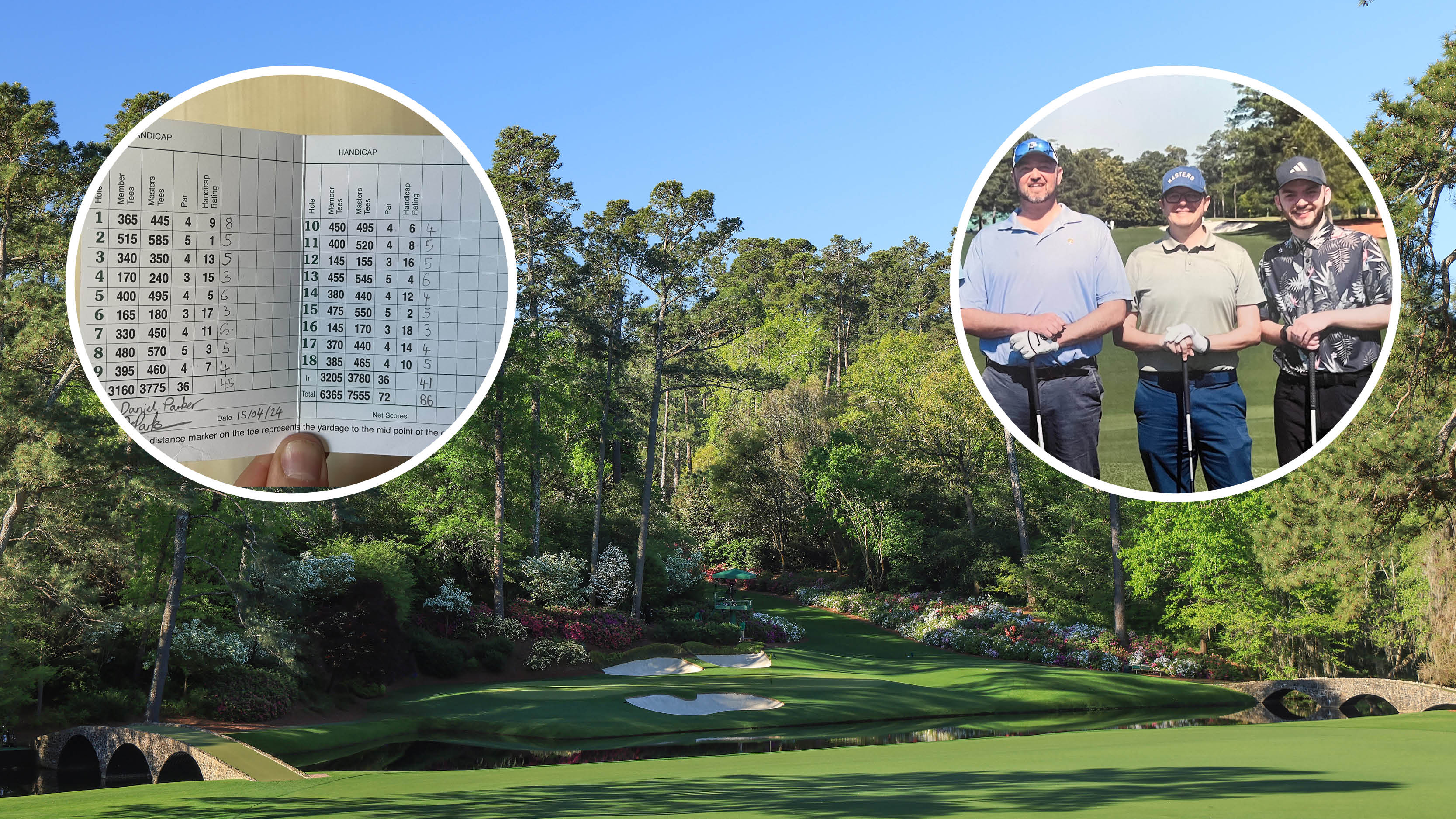

This week marks a year since I attended my first Masters and a year since I had the honor of teeing it up at Augusta National the day after Scottie Scheffler slid on his second Green Jacket.
I've been unbearable company ever since, offering every poor soul who crosses my path an in-depth analysis of each shot I hit on what became the best day of my life.
A few weeks after my trip, I bumped into England cricketer Chris Woakes in a bar and, instead of asking him questions about his decorated professional career, decided to talk him through my bogey, double-bogey, bogey annihilation of Amen Corner.
So, I was thrilled when I was asked to write a piece describing my time playing Augusta National. Don't worry, this isn't a shot-by-shot analysis of how I nudged my way around, but some of the key takeaways I had from getting in behind the ropes at the most famous course in the world.
'How did you get to play the course?' I can hear you yelling at your screen. Well, each year, there are 20 places put aside for the media to play Augusta National the day after the tournament finishes.
Augusta and the Masters Tournament have a very strong relationship with the media that cover the event, and the 20 tee times each year are something of a ‘thank you’ to the media who come and cover the event each year.
On the Wednesday, Thursday and Friday morning of the tournament, members of the media are invited to put their name into the draw, which takes place on Friday afternoon.
It's sort of like a raffle (I even have my entry ticket, lucky number 24), and 20 names are given a formal invite to play the course on Monday morning. So, how did I get on, and what surprised me about this once-in-a-lifetime experience?
Get the Golf Monthly Newsletter
Subscribe to the Golf Monthly newsletter to stay up to date with all the latest tour news, equipment news, reviews, head-to-heads and buyer’s guides from our team of experienced experts.
It’s surprisingly 'gettable'
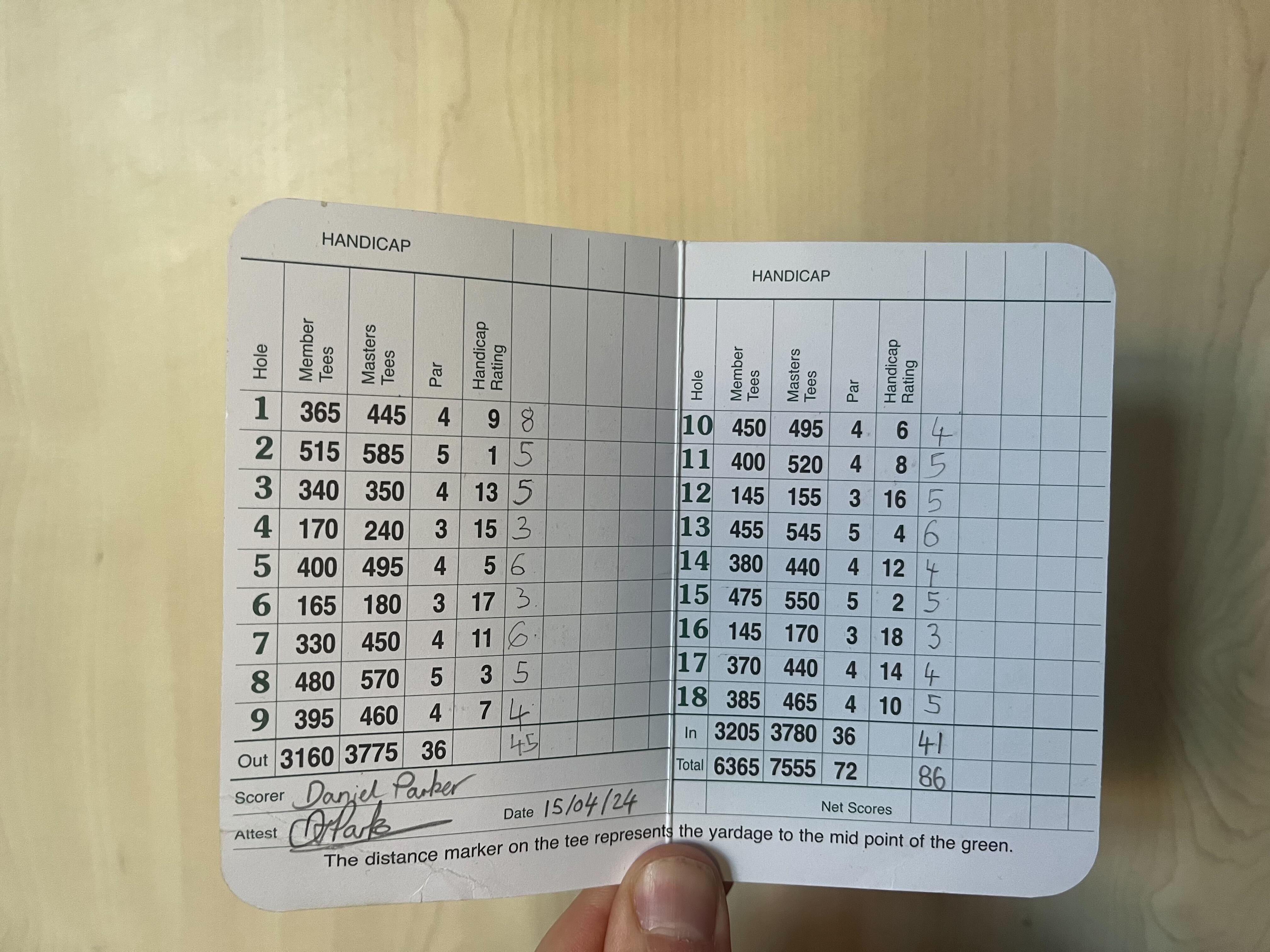
Hear me out on this. I’m not saying it’s easy by any stretch of the imagination, but I can see how single-figure handicap golfers could put a score together around Augusta, just not on their first time.
For some context, guests play off the member tees, which are some 1190 yards forward of the Masters tees. So, at 6365 yards, it isn’t the longest course in the world.
Throw in the incredibly hot week we’d had and the subsequent dry fairways meant my ball was rolling out significantly farther than normal. I'm far from a big hitter, but these conditions meant I had plenty of loft in my hands into most greens when I hit the fairway.
The par 5s play short from the member tees, too. The 2nd is the longest at 515, but it's significantly downhill, so it plays well under 500 yards. The 8th plays 480, the 13th plays 455, and the 15th plays 475.
A good drive on any of these holes (apart from the 2nd, which is near impossible to hit the green in two as an amateur) gave a green light to try and find the dancefloor in under regulation. I didn't birdie any of the par 5s and I didn't make a birdie all day, so who am I to call this place 'gettable'?
I eventually carded a score of 86, a score I am more than happy with considering all I wanted to do was break 100. But I did come off the course thinking I could’ve broken 80 if the powers that be let have another go the following day. I think course knowledge alone is worth 6-7 shots out there, even to an amateur.
If I had another chance, without all of the nerves and with my awe of the situation somehow removed from my psyche, I’d back myself to break 80 the second time around.
I was aided by a superb caddie, Tommy ‘Biscuits’ Bennett, who caddied for Tiger Woods the first time he went to Augusta National as an amateur in 1995. He gave me some unbelievable reads on the greens, which meant I only three-putted once all day. Without him, breaking 100 would've been a near impossibility.
Without a doubt, the nerves and the significance of the moment mean that Augusta is not a ‘gettable’ golf course for the average single-figure handicap golfer like me.
But I think a low single-figure handicapper, with the assistance of a good caddie and with some course knowledge, can break 80 from the member tees more often than not.
The members pro shop
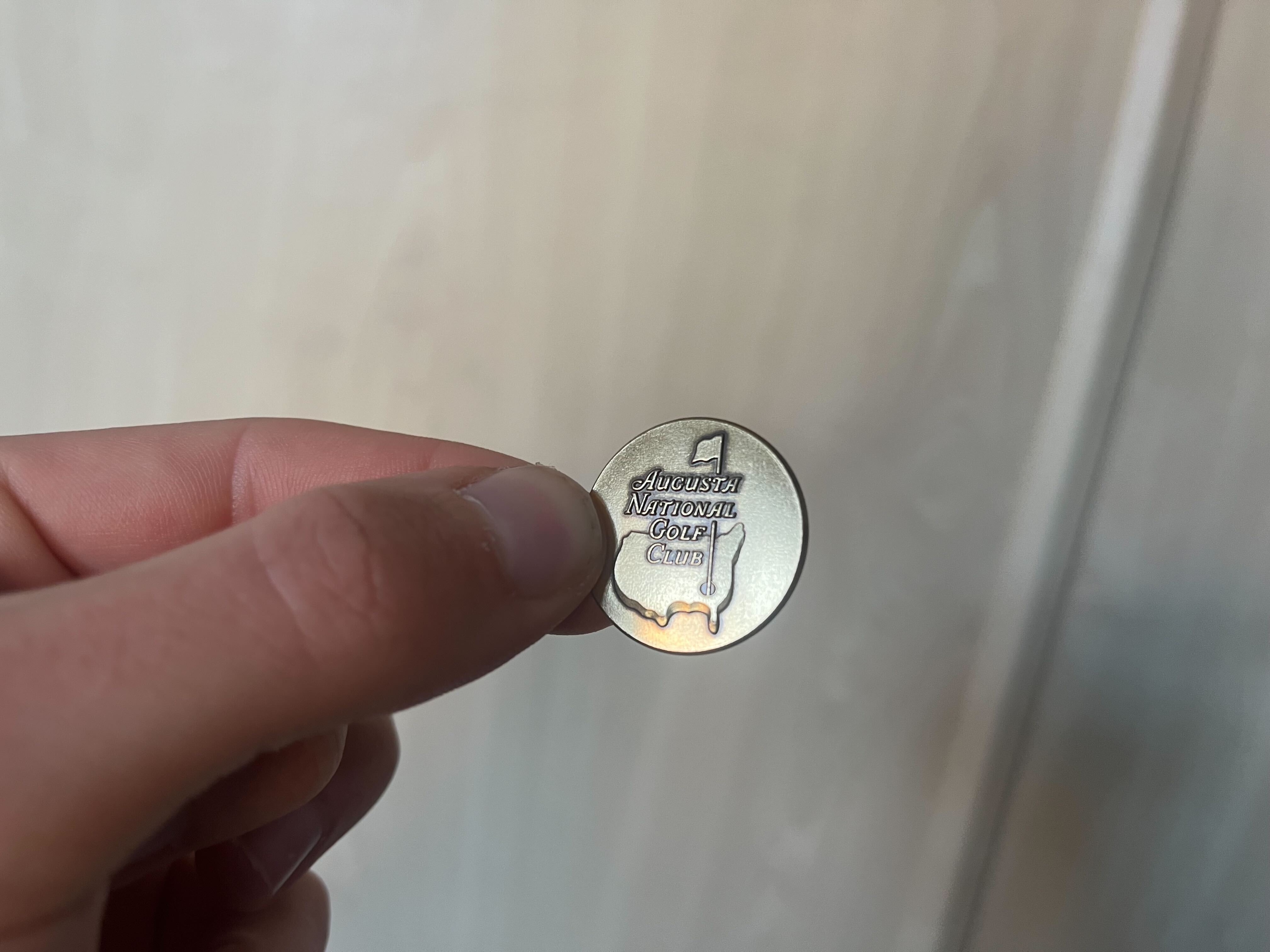
My golden ANGC ball marker has never left the house...
This was something I only learned about after I had been drawn out of the hat to play. Pete Finnan, a fellow journalist from Irish Golfer Magazine, was sat next to me in the media centre all week and had been drawn out of the media raffle some seven years earlier to play the course.
I was blessed to have him sit next to me as, once I was drawn out last year, he was on hand to tell me all of the do's and don'ts from his experience playing. As he'd also played it before, he wasn't as green with envy as the other journalists around me were.
One of his tips was to leave plenty of time after your round to explore the members-only pro shop. As the name might suggest, this is a shop only accessible to members and those who are playing on the golf course.
In this shop, there was a tiny handful of Masters merchandise that I’d seen in the main gift shop the week before, but it is mostly dedicated to very high-end, ultra-exclusive ANGC-branded merchandise.
While the branding is very similar to the Masters tournament logo (see the picture of the ball marker above), there are items with 'Augusta National Golf Club' labelled instead of 'Masters.'
The flag that protrudes from Georgia is also a lot longer on the ANGC club logo. About $750 later, I hand my hands on some of the most exclusive merchandise in world golf. I can't even bring myself to use the ball marker in case I lose it!
How patrons frame greens
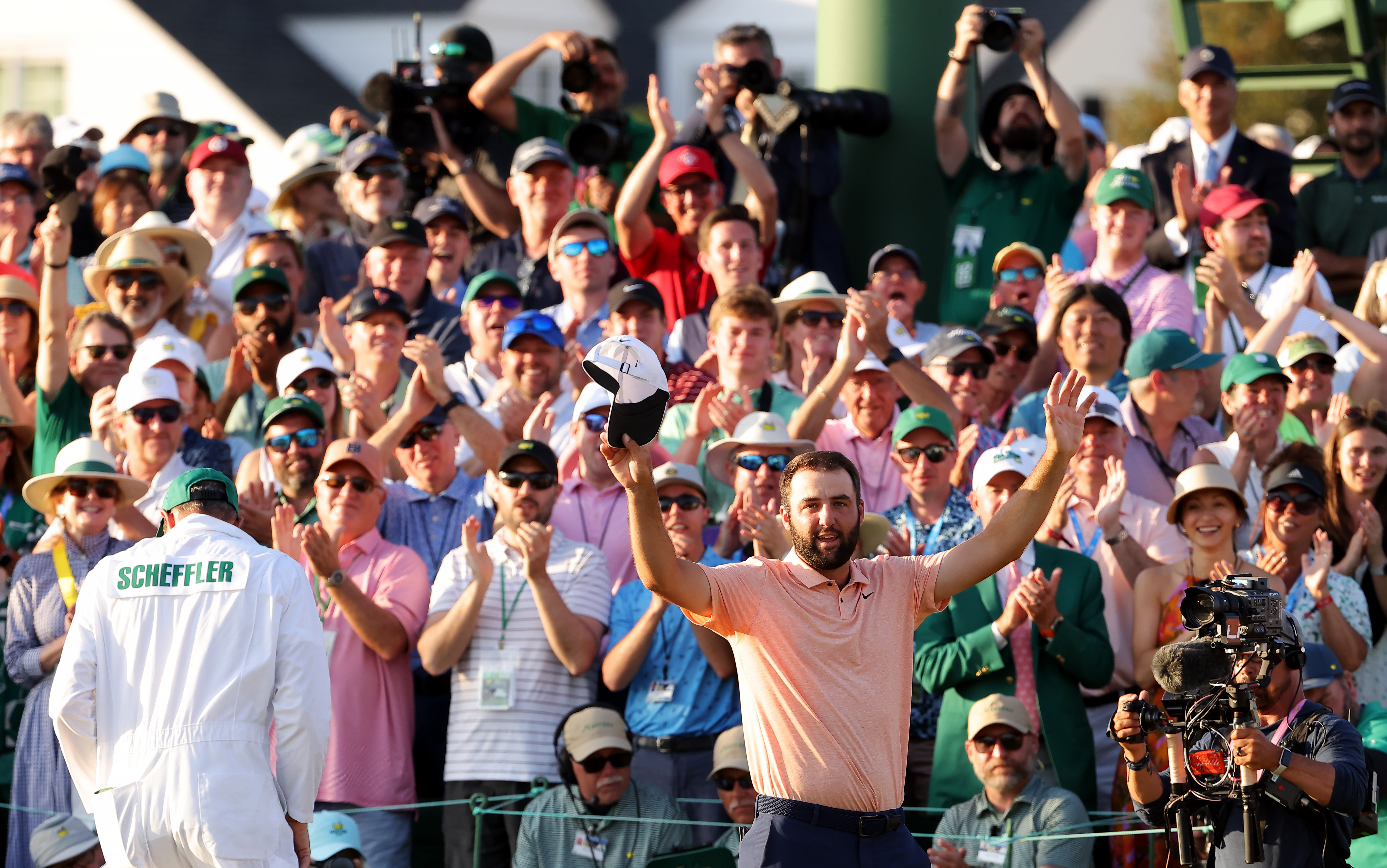
Patrons and green chairs always surround the ampitheatres of the 9th and 18th greens.
One of the best parts of my experience was being able to walk around Augusta National with barely anyone on the property. I was so used to seeing lines and lines of patrons framing greens and fairways during the days I was there as a visitor that to see the course with no patrons was a surreal experience.
There was a peaceful but eerie silence across the course that had greeted 90,000 patrons the week before, but the biggest difference was seeing some greens without any framing whatsoever.
The 9th and 18th surfaces were almost unrecognisable without the semi-circle of patrons hugging the back third of the greens. The patrons and chairs surrounding these greens create a sort of amphitheatre at the end of each nine and both looked a little lost without the usual rows of patrons.
Impossible to lose a golf ball (sort of)
Unless you dunk one in the water, I couldn’t really see an opportunity to lose the golf ball out on the course. There are no dense bushes alongside fairways or near greens, all of the bottoms of the trees are cut out, and there are barely any blind shots that might cause you to lose sight of a ball's trajectory.
Everything is in front of you at Augusta National, and it meant I came home with the very ball I started with on the first tee.
Perhaps it was the fact we had four excellent caddies in our four-ball who knew exactly how and where balls would end up when hit on certain lines, but I can’t think of any of us losing a ball that hadn’t found its way into some water.
I hit some bad shots, some really bad shots, but we’d always find my ball somewhere amongst the pines.
It really is a left-hander's dream

Another Augusta National trope is that the course suits a left-hander who fades the ball. As a left-hander who fades the ball, I can confirm this is true. So many of Augusta's most difficult tee shots suited my eye perfectly.
The run of 10, 11 and 13 (ignoring 12 as it's a par 3) all suit a right-to-left shot shape. Successfully executed shots that fall in that direction will get a great big leap down the contours of the fairway and leave you in position A1.
The 2nd suits a lefty's fade, as do the 5th and 7th. The only time I felt really uncomfortable was on the 18th tee, but I think every golfer does on this menacing tee shot.
Having now played it, I can see why so many left-handers have won around the course hitting a stock fade. Bubba Watson, who was especially good at shaping the ball in both directions, was built to take advantage of such a course.

Dan has been with Golf Monthly team since 2021. He graduated with a Masters degree in International Journalism from the University of Sussex and looks after equipment reviews and buying guides, specializing in golf shoe, golf bag, golf cart and apparel reviews. Dan has now tested and reviewed over 30 pairs of golf shoes and is an expert in the field. A left-handed golfer, his handicap index is currently 6.5 and he plays at Fulford Heath Golf Club in the West Midlands.
Dan's current clubs:
Driver: Ping G440 Max 9°
Fairway: Ping G440 Max 15°, Ping G425 Max 20.5°
Irons: Cobra King Tec Utility, Ping i230 (5-PW)
Wedges: Ping Glide Forged Pro
Putter: TaylorMade Spider Tour X
Ball: Titleist Pro V1
You must confirm your public display name before commenting
Please logout and then login again, you will then be prompted to enter your display name.
-
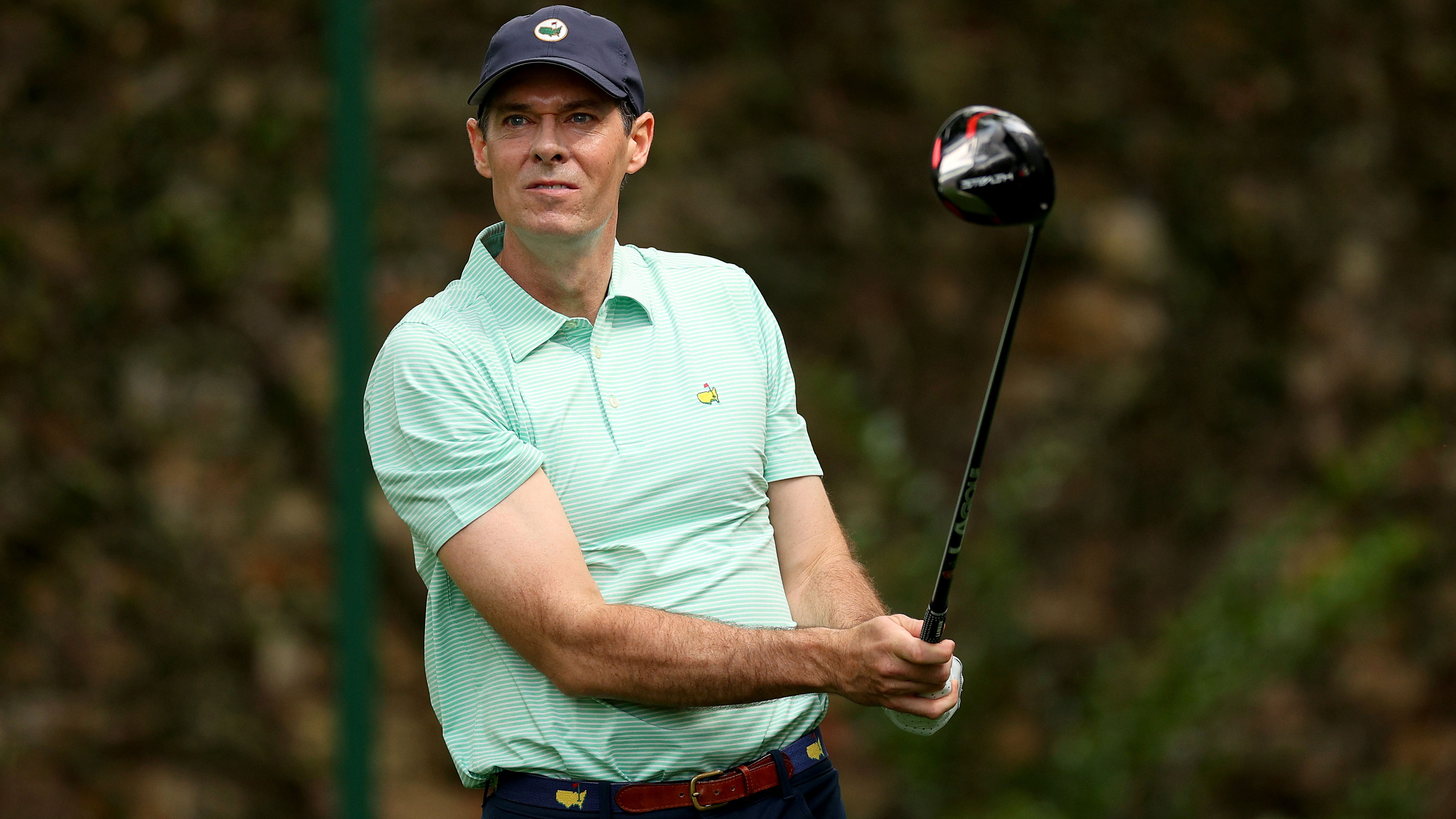 The Augusta National Member Who Is (Sort Of) Playing In The Masters This Weekend
The Augusta National Member Who Is (Sort Of) Playing In The Masters This WeekendAugusta member Michael McDermott is playing as a scorer this weekend as an odd-number of players made the cut
By Michael Weston Published
-
 Are Rangefinders Allowed At The Masters?
Are Rangefinders Allowed At The Masters?Rangefinders are becoming increasinly prominent in the professional game, but what about at The Masters?
By Mike Hall Published
-
 I Asked AI To Predict The Top-10 Finishers At The Masters...
I Asked AI To Predict The Top-10 Finishers At The Masters...AI has already helped me to pick the outright winner of The Masters, so I decided to task it with finding some top-10 finish picks in time for the weekend...
By Barry Plummer Published
-
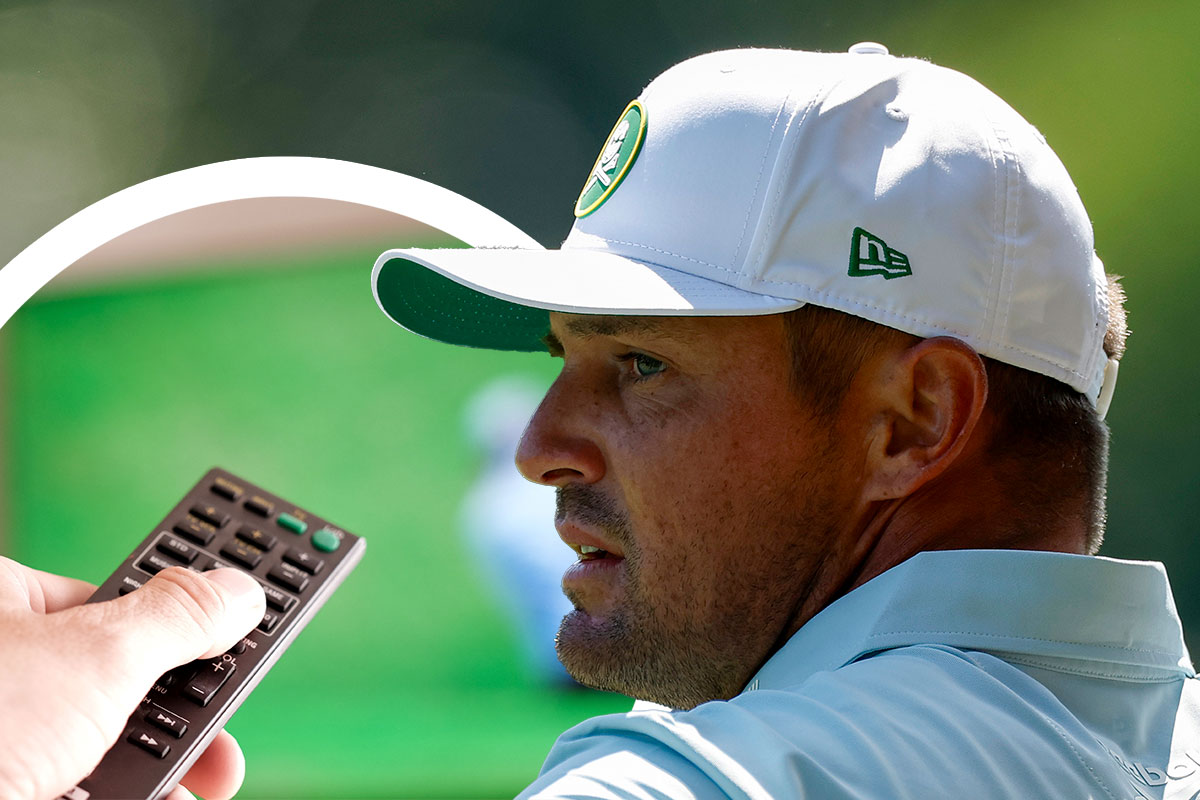 'The Masters Is Getting To A Point Where It's Turning Off New Golf Fans' – Viewers Express Irritation At Lack Of Bryson DeChambeau Coverage
'The Masters Is Getting To A Point Where It's Turning Off New Golf Fans' – Viewers Express Irritation At Lack Of Bryson DeChambeau CoverageBryson DeChambeau is a blockbuster name in world golf, but viewers saw very little of his surging second round at The Masters... and they were not very happy!
By Barry Plummer Published
-
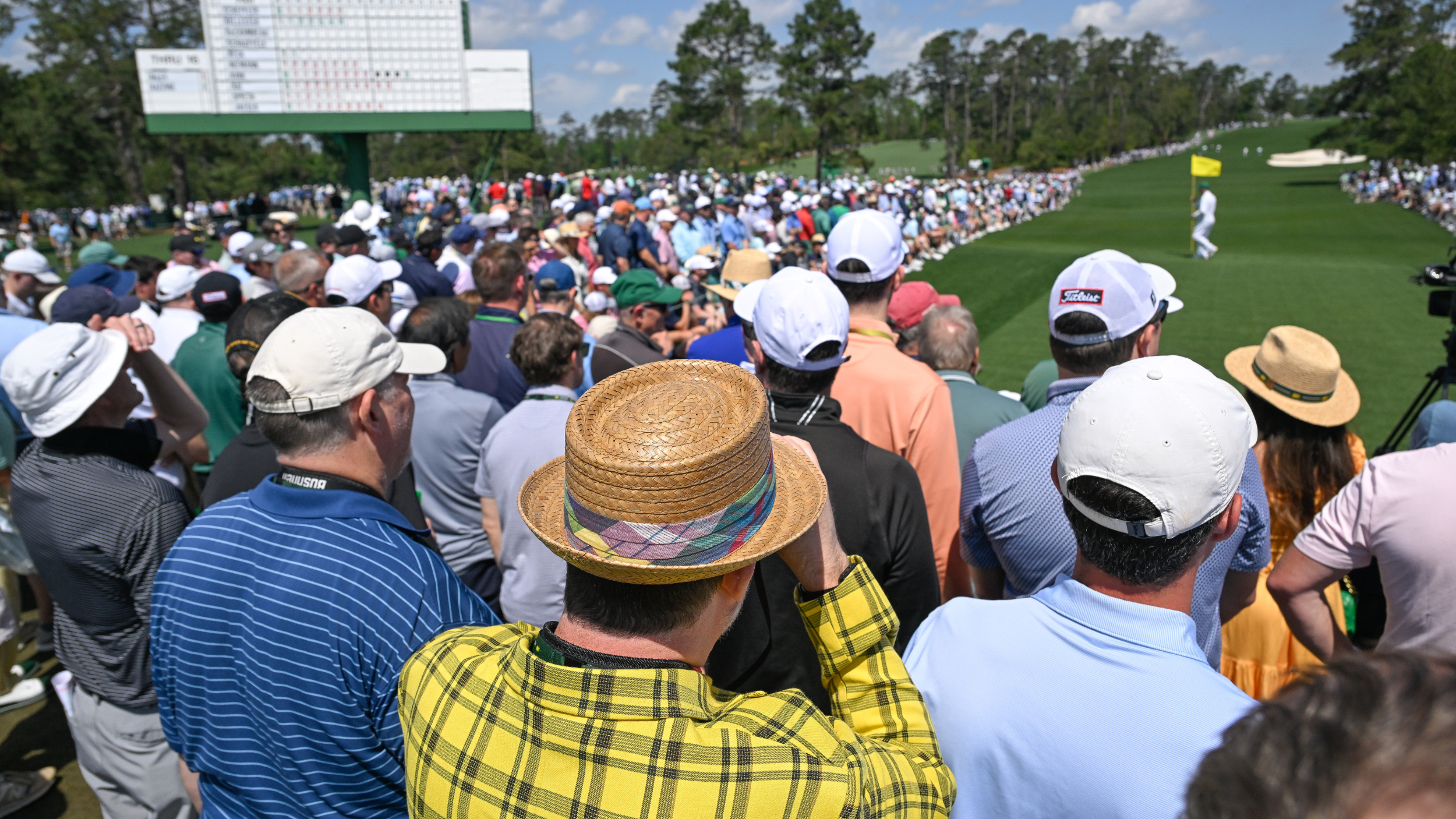 Can I Watch The Masters For Free?
Can I Watch The Masters For Free?Here's how you can watch the action from Augusta National for free this weekend, with details on free streaming at Masters.com and broadcaster free trials.
By Patrick Fletcher Published
-
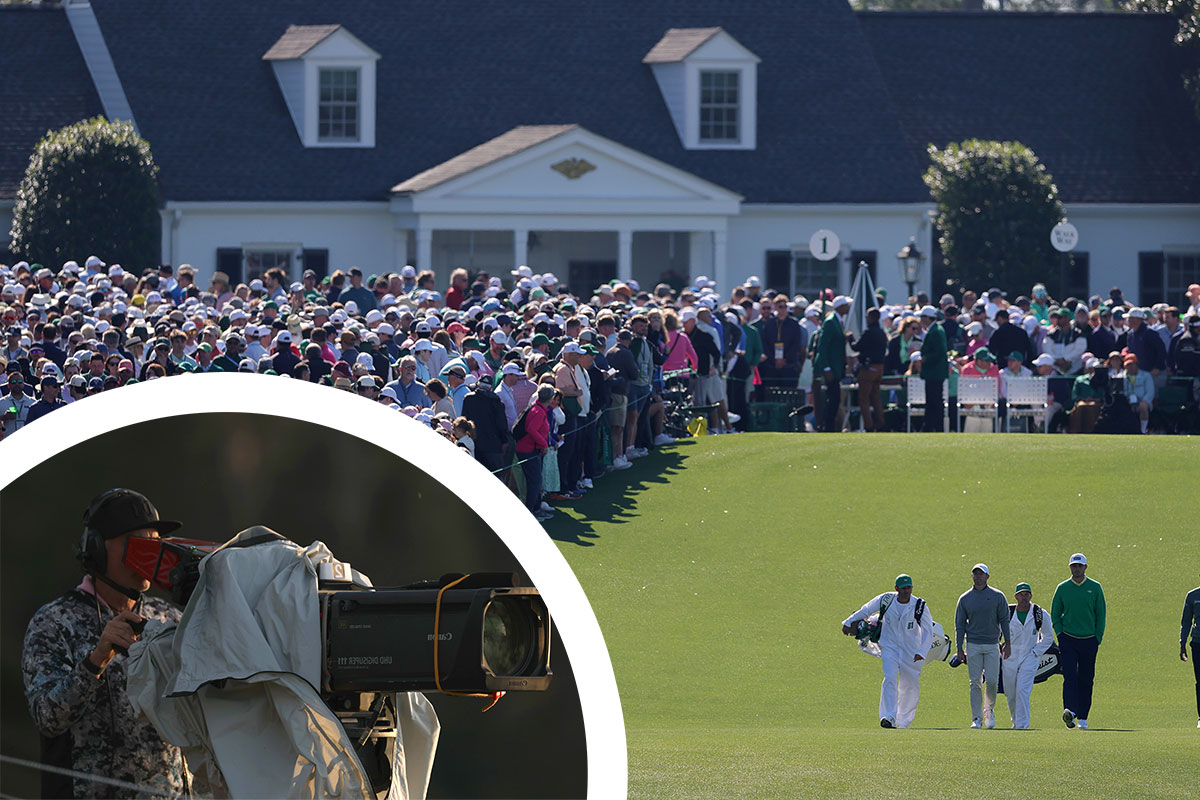 I Am So Fed Up With The Masters Television Coverage... Why Can't We Watch A Full Day's Play?
I Am So Fed Up With The Masters Television Coverage... Why Can't We Watch A Full Day's Play?The strict television rules around The Masters at Augusta National are really starting to bug me, especially in this modern era of mass sports consumption...
By Barry Plummer Published
-
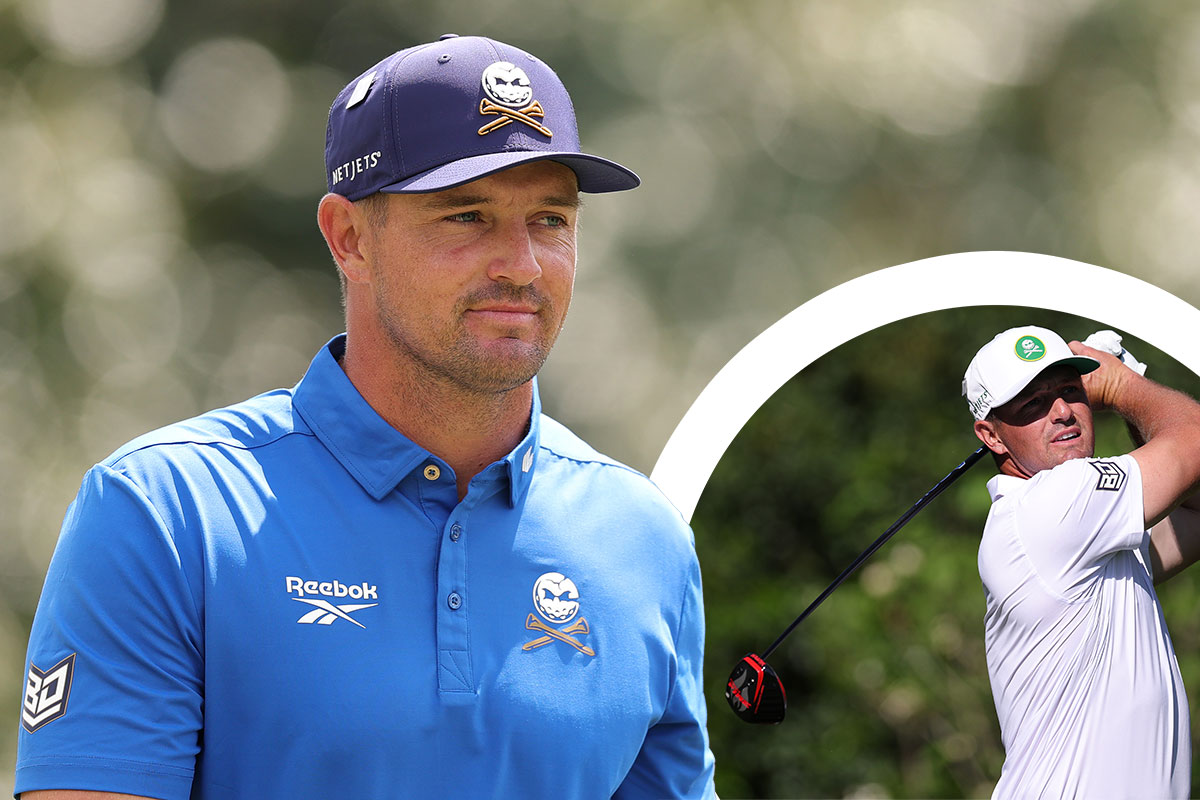 The 4 Players Hitting It Further Than Bryson DeChambeau At The 2025 Masters
The 4 Players Hitting It Further Than Bryson DeChambeau At The 2025 MastersBryson DeChambeau is renowned for his immense power and distance off the tee, so I was interested to learn these four players are outdriving him at The Masters
By Barry Plummer Published
-
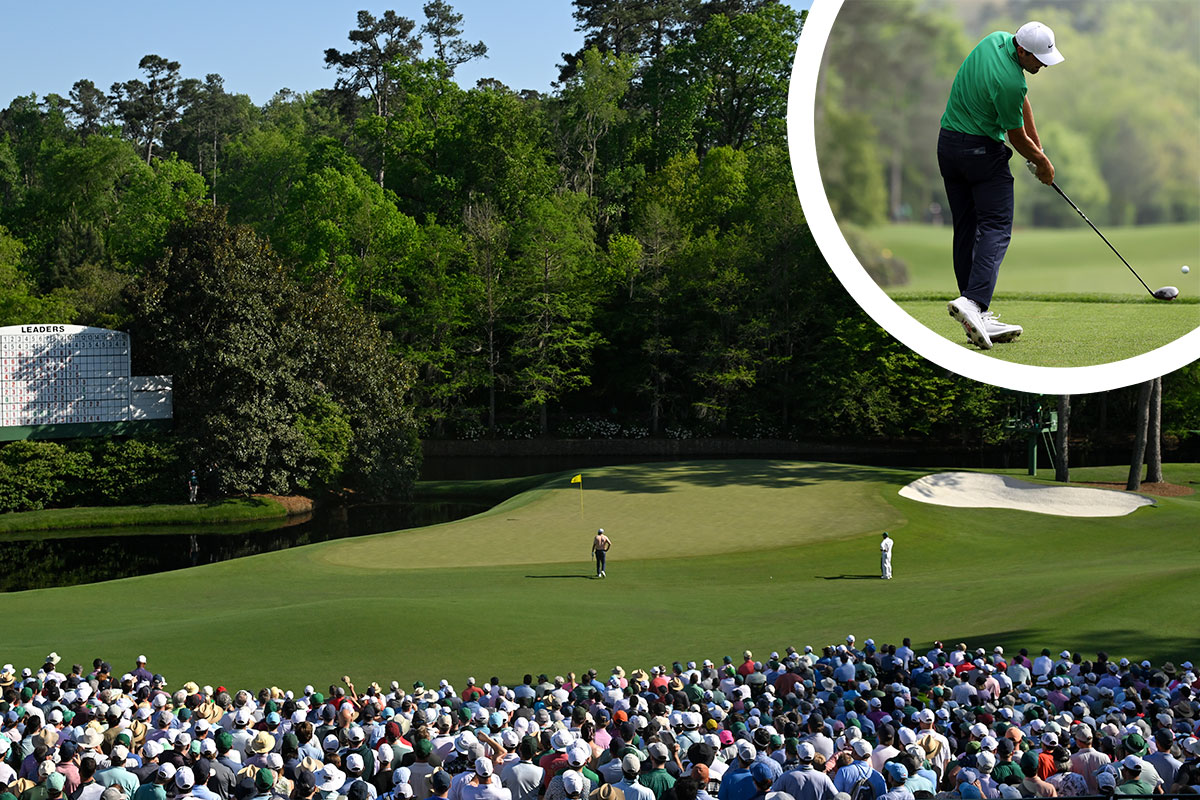 How Have The Last 10 Masters Winners Fared On The Hardest Hole At Augusta National?
How Have The Last 10 Masters Winners Fared On The Hardest Hole At Augusta National?The hardest hole at Augusta National has stolen its fair share of shots over the years, but how did the last ten winners of The Masters start Amen Corner?
By Barry Plummer Published
-
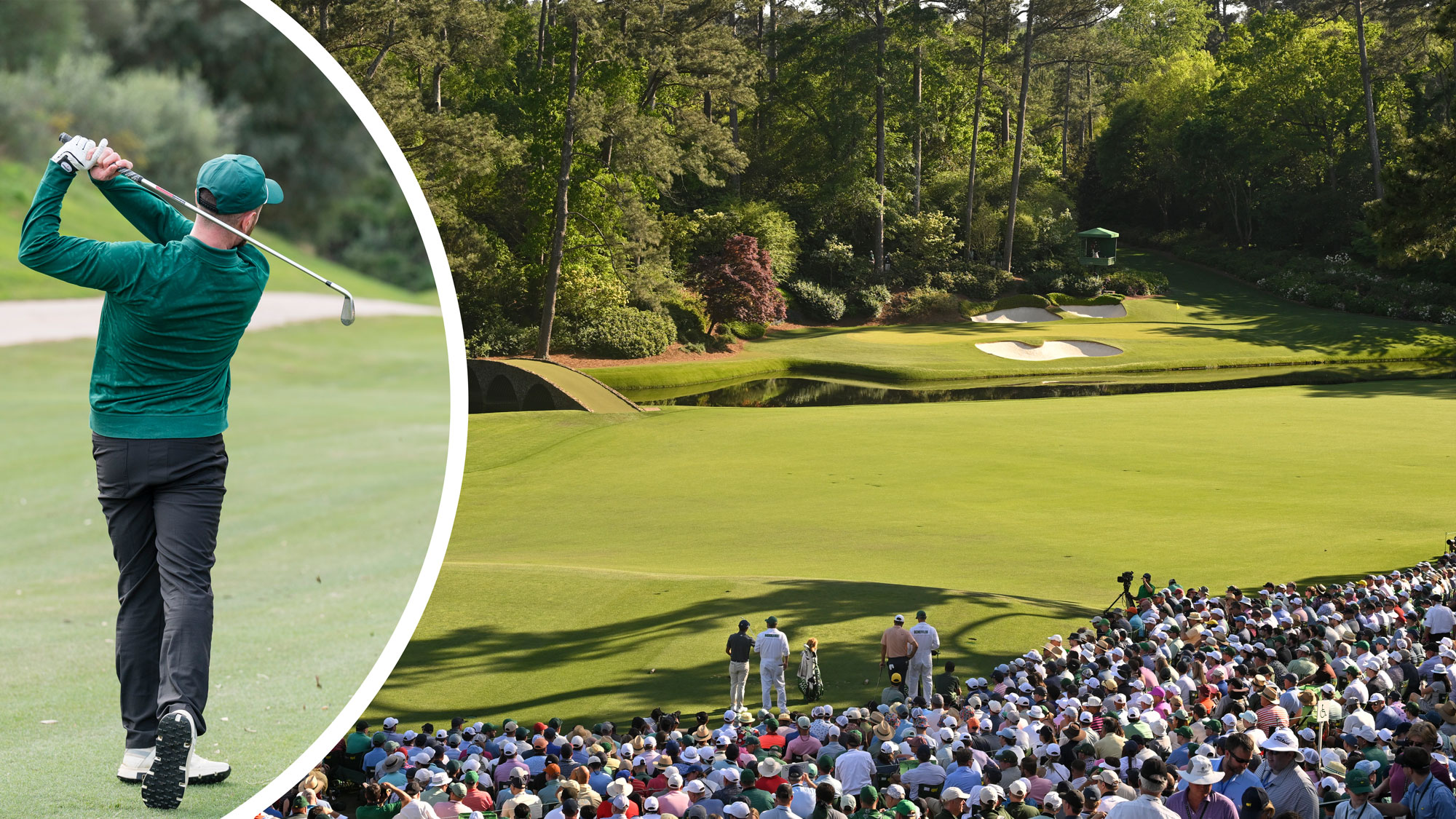 How Often Would An Amateur Golfer Hit The 12th Green At Augusta National?
How Often Would An Amateur Golfer Hit The 12th Green At Augusta National?The stunning 12th hole at Augusta National is an iconic Masters test, but have you ever wondered how you might fare against the famous par 3 at Amen Corner?
By Barry Plummer Published
-
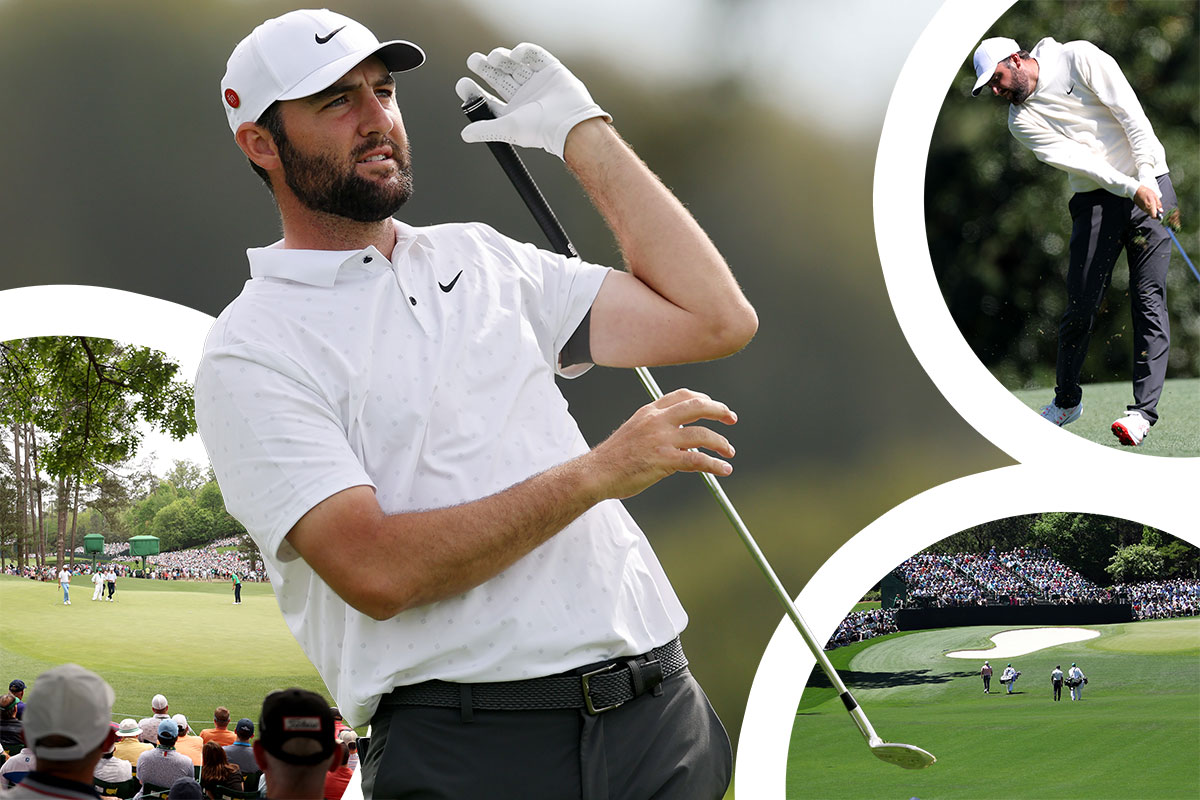 This Testing Augusta Trio Has Bamboozled Scottie Scheffler (It's Not Amen Corner) – Does It Hold The Key To Masters Success?
This Testing Augusta Trio Has Bamboozled Scottie Scheffler (It's Not Amen Corner) – Does It Hold The Key To Masters Success?Scottie Scheffler can appear to be superhuman when playing his best golf, but even the World No.1 struggles on this tricky trio of holes at Augusta National
By Barry Plummer Published